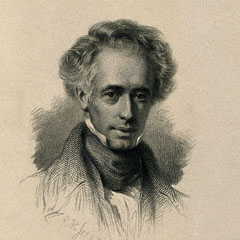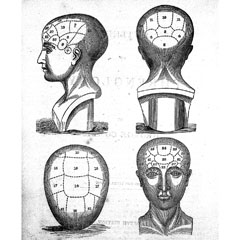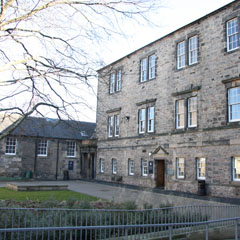8-12 Niddry Street South, Edinburgh, EH1 1NS
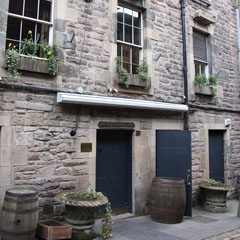 This weekly dining club for scientists and philosophers met regularly throughout the 1770s. It had been established by the great economist and political philosopher Adam Smith, the chemist Joseph Black and the geologist James Hutton. The club was attended by a veritable constellation of Edinburgh’s most brilliant thinkers, including John Playfair, Adam Ferguson, David Hume and Sir James Hall. It also payed host to a wide variety of visiting international scientists, including the French geologist Barthélémy Faujas de Saint Fond, James Watt the engineer and inventor from Glasgow, and Benjamin Franklin the American scientist and inventor.
This weekly dining club for scientists and philosophers met regularly throughout the 1770s. It had been established by the great economist and political philosopher Adam Smith, the chemist Joseph Black and the geologist James Hutton. The club was attended by a veritable constellation of Edinburgh’s most brilliant thinkers, including John Playfair, Adam Ferguson, David Hume and Sir James Hall. It also payed host to a wide variety of visiting international scientists, including the French geologist Barthélémy Faujas de Saint Fond, James Watt the engineer and inventor from Glasgow, and Benjamin Franklin the American scientist and inventor.
Now a private venue – no free public access.


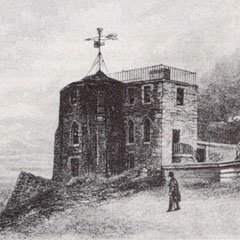
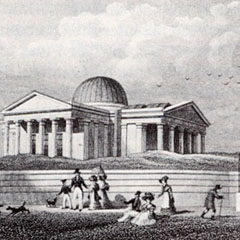


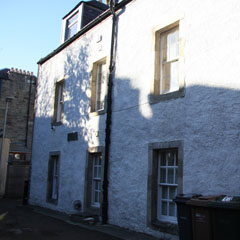


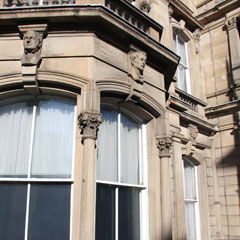 Until 1886 this was the site of Edinburgh’s phrenological museum, founded by the president of the Edinburgh Phrenological Society, George Combes. Phrenologists believed that people’s characters were determined by the development of the ‘organs’ of the brain, which could by read by examining the shapes of their skulls. It represented an early attempt to explain the human mind in terms of the physical structure of the brain. The carved stone heads on the exterior of the building reflected its occupants interest in the shapes of people’s craniums.
Until 1886 this was the site of Edinburgh’s phrenological museum, founded by the president of the Edinburgh Phrenological Society, George Combes. Phrenologists believed that people’s characters were determined by the development of the ‘organs’ of the brain, which could by read by examining the shapes of their skulls. It represented an early attempt to explain the human mind in terms of the physical structure of the brain. The carved stone heads on the exterior of the building reflected its occupants interest in the shapes of people’s craniums.